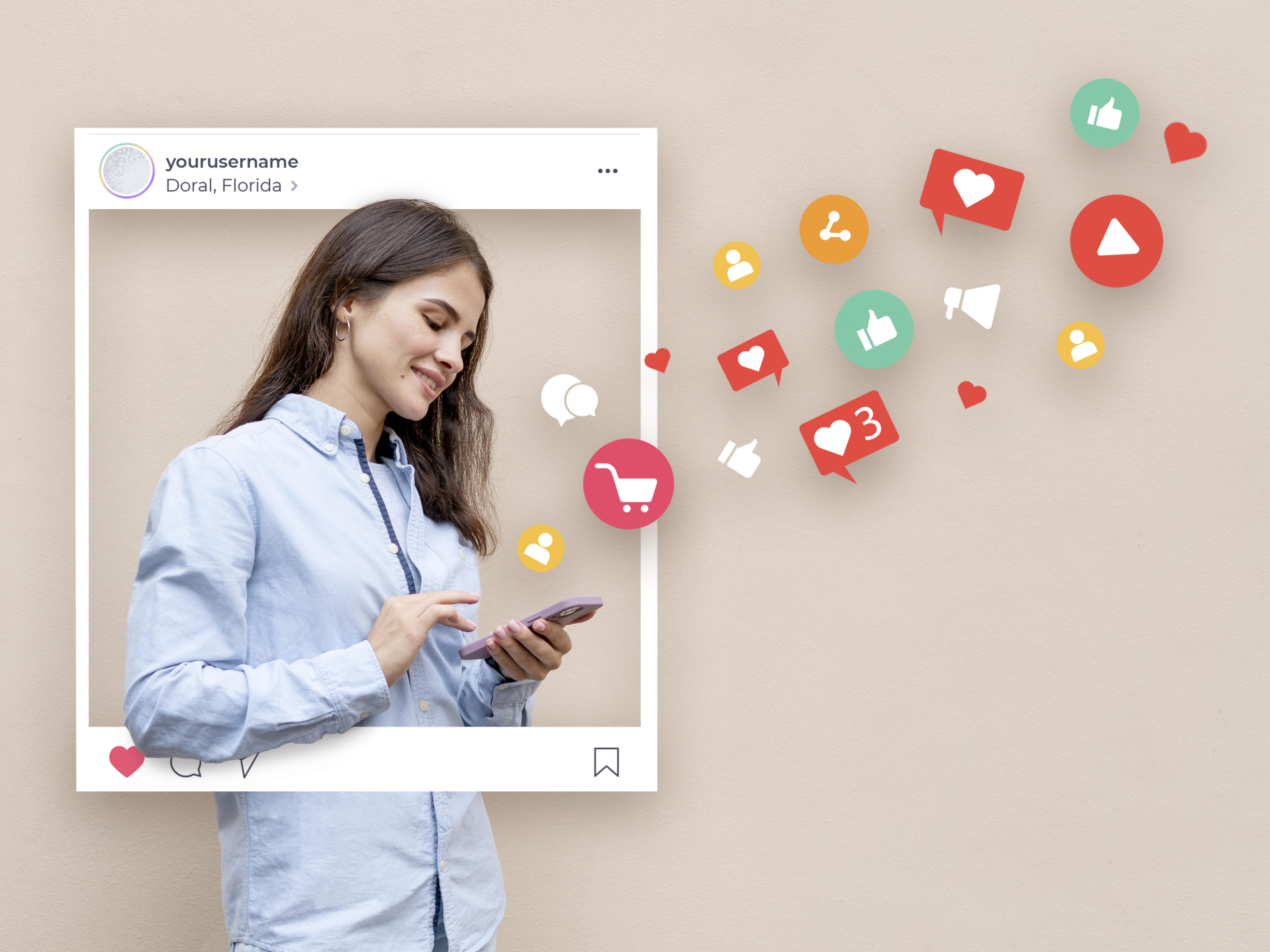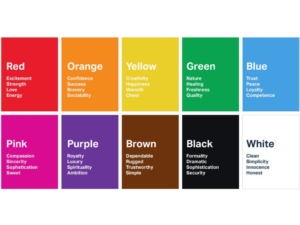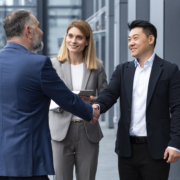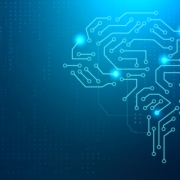Understanding Influencer Marketing
Using the power of people with strong online followings has become a popular way to connect with audiences. Influencer marketing can help boost a brand’s visibility and credibility. However, to be successful, you need to be strategic and follow some important guidelines.
Influencer Marketing Trends
Let’s look at the current trends in influencer marketing:
- While big celebrities still have influence, more attention is now on people with smaller but highly engaged followings. These micro-influencers are seen as more authentic and relatable, leading to stronger connections with their audiences.
- Platforms like TikTok, Instagram Reels, and YouTube are central to influencer marketing. Short videos that are engaging and easy to share are preferred by both influencers and brands.
- Audiences today value authenticity over a polished image. Influencers who share real experiences and are transparent in their partnerships tend to build stronger connections with their followers.
Keys to Success
Here are some important steps to ensure your campaign is successful:
- Don’t just look at follower counts. Check engagement rates, audience demographics, and whether the influencer’s values match your brand’s.
- Clearly define what you want to achieve. Whether it’s
 raising brand awareness, launching a product, or increasing engagement, make sure that influencer partnerships align with your overall marketing strategy.
raising brand awareness, launching a product, or increasing engagement, make sure that influencer partnerships align with your overall marketing strategy. - Create real connections with influencers. Authenticity resonates with audiences, and genuine partnerships are more likely to be successful.
- Allow influencers to use their creativity. Encourage content that feels true to their style while naturally including your brand.
Mistakes to Avoid in Influencer Marketing
To keep your efforts on track, avoid these common mistakes:
- Ensure the influencer’s audience matches your target demographic. Irrelevant partnerships can lead to disengagement and lack of authenticity.
- Always disclose sponsored content. Transparency is important for maintaining trust with both the influencer’s audience and your customers.
- While one-time collaborations can be useful, building long-term relationships with influencers strengthens connections and continuity.
- Regularly check how your campaigns are performing. Metrics like engagement rates, clicks, and conversions offer insights into the effectiveness of your efforts.
Achieving Influencer Marketing Success
By following the right steps and avoiding common mistakes, businesses can build meaningful connections with their target audience, boost brand visibility, and create impactful marketing campaigns. Remember, it’s not just about reaching people—it’s about making a lasting impact that resonates with your audience.
If you are looking to build a marketing strategy that includes influencer marketing, contact GRIP.D Marketing!









 Image by
Image by 
